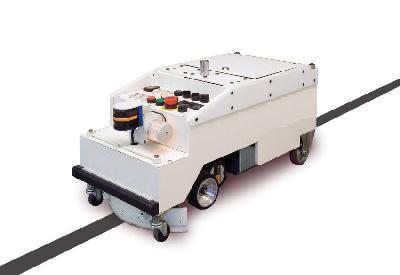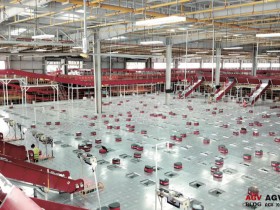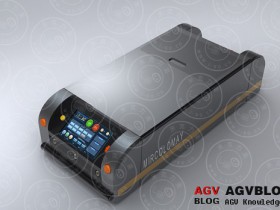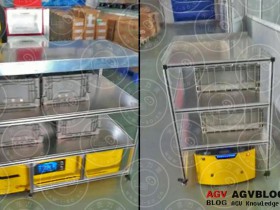After the manufacturers of AGV gradually increased their flexibility and price cuts, the difference between AGV and unmanned trucks became increasingly blurred. However, in general, the AGV can only transport the goods back and forth along a fixed track. The unmanned truck is guided by a magnetic strip, laser, electric or magnetic positioning device, and generally does not require the driver to operate. Of course, it can also be switched to manual mode, and the AGV must be moved out of the track to be implemented. According to the actual requirements, the unmanned truck can disassemble the fork.

Both unmanned trucks and AGVs must comply with industrial production-approved safety standards. In addition to audible alarms and warning lights, they also have sensors built in to detect obstacles and decide whether and when to slow down or stop to avoid collisions. These sensors, which may be equipped with laser and photographic systems, can be used to detect obstacles, distances and altitudes.
The key difference between the two is that there are more types of unmanned trucks, such as pallet forklifts, balanced forklifts, order pickers, tower forklifts and reach trucks, most of which are electric. They use a variety of guidance systems including laser, vision, RFID and GPS. In some cases, an unmanned truck can have multiple steering control systems. For example, the NDC8 control system can work with all navigation systems, allowing the use of this navigation system in the storage area while using another navigation system while working in the manufacturing plant. Regardless of which navigation method is used, the security of the operation is guaranteed.

![[Depth] The rise of Chinese warehousing robot companies](http://www.agvblog.com/wp-content/themes/begin/thumbnail.php?src=http://www.agvblog.com/wp-content/uploads/2020/09/20200904102907-f2f5e.jpeg&w=280&h=210&a=&zc=1)


